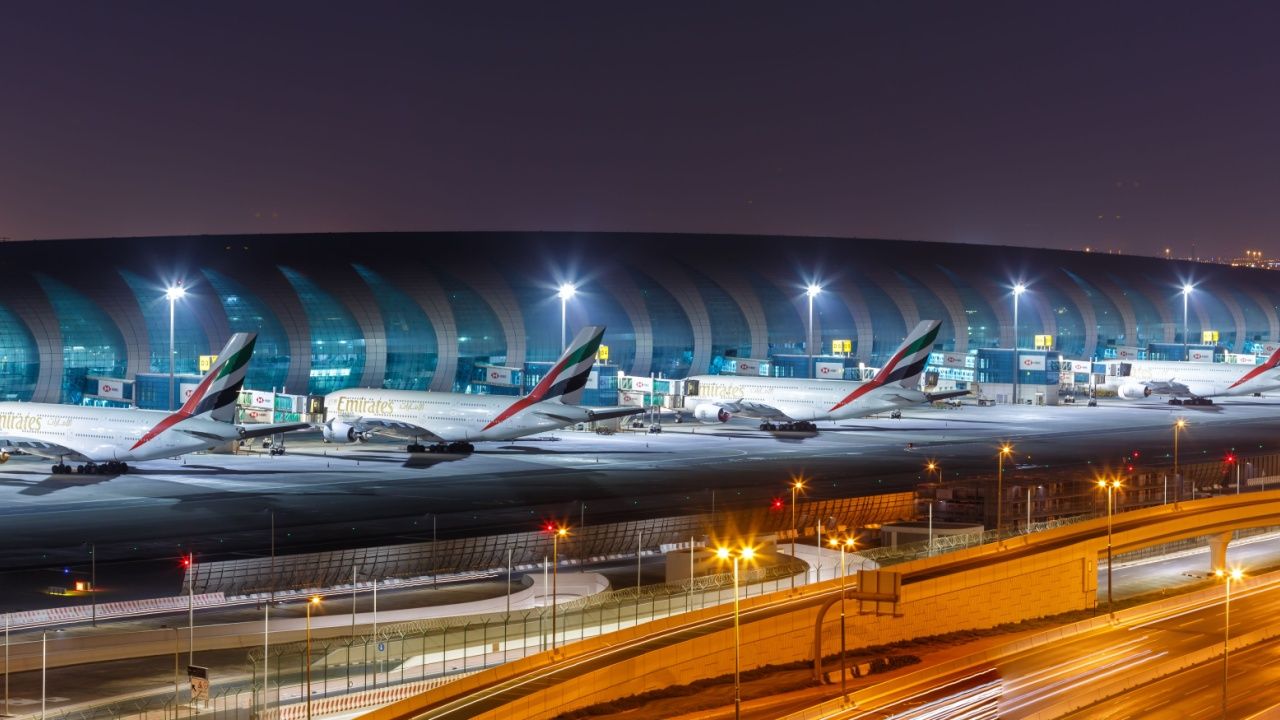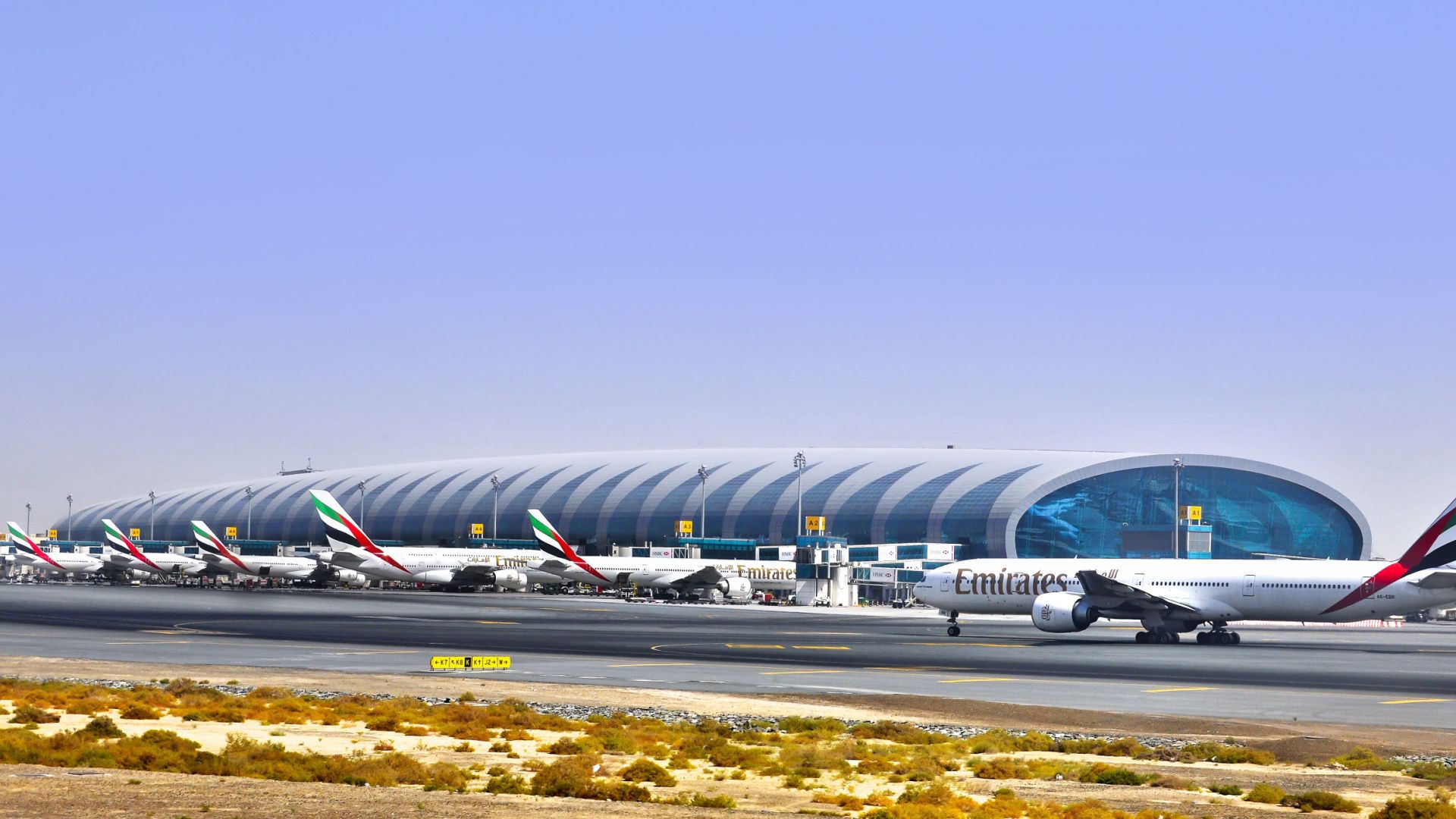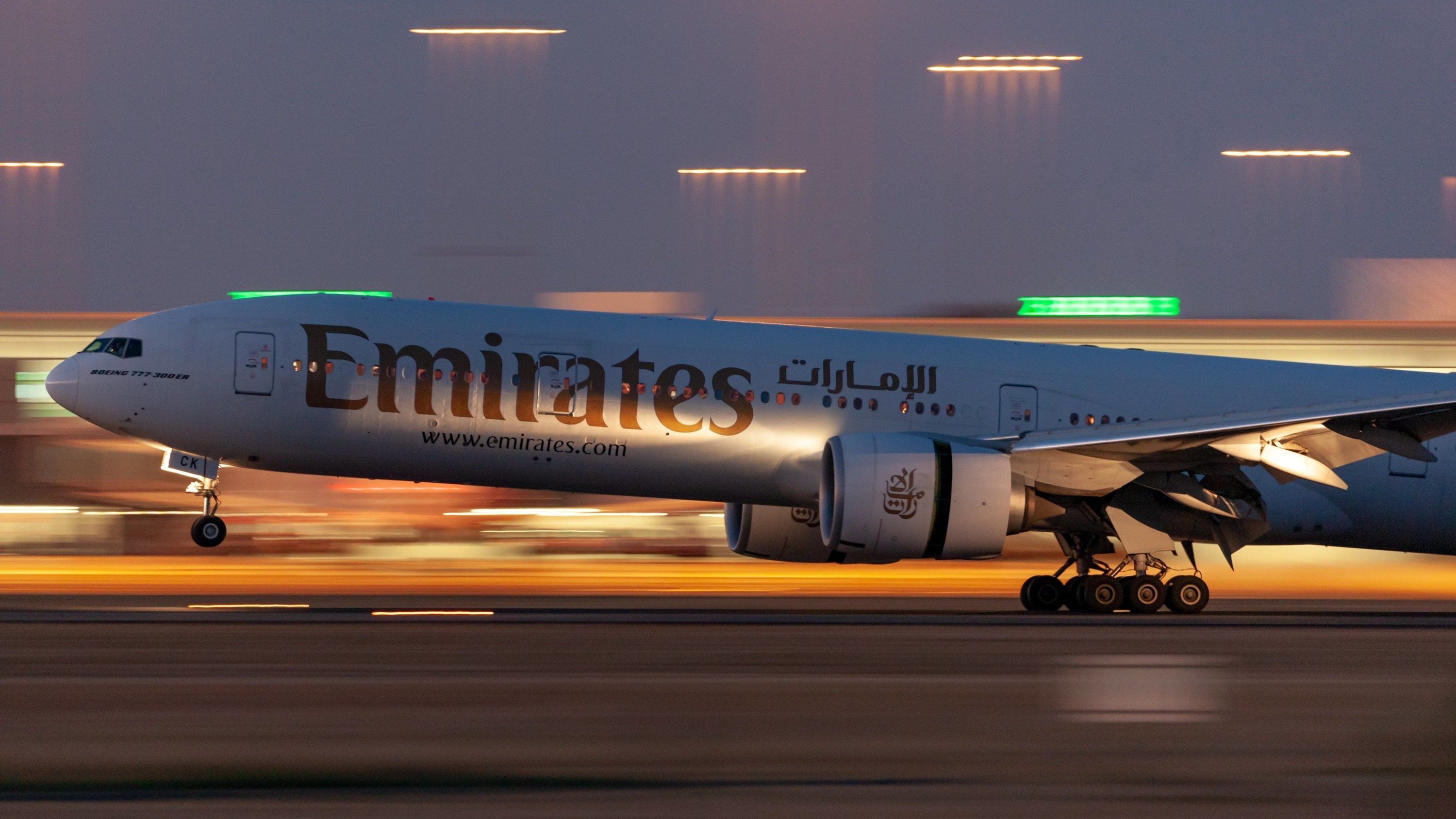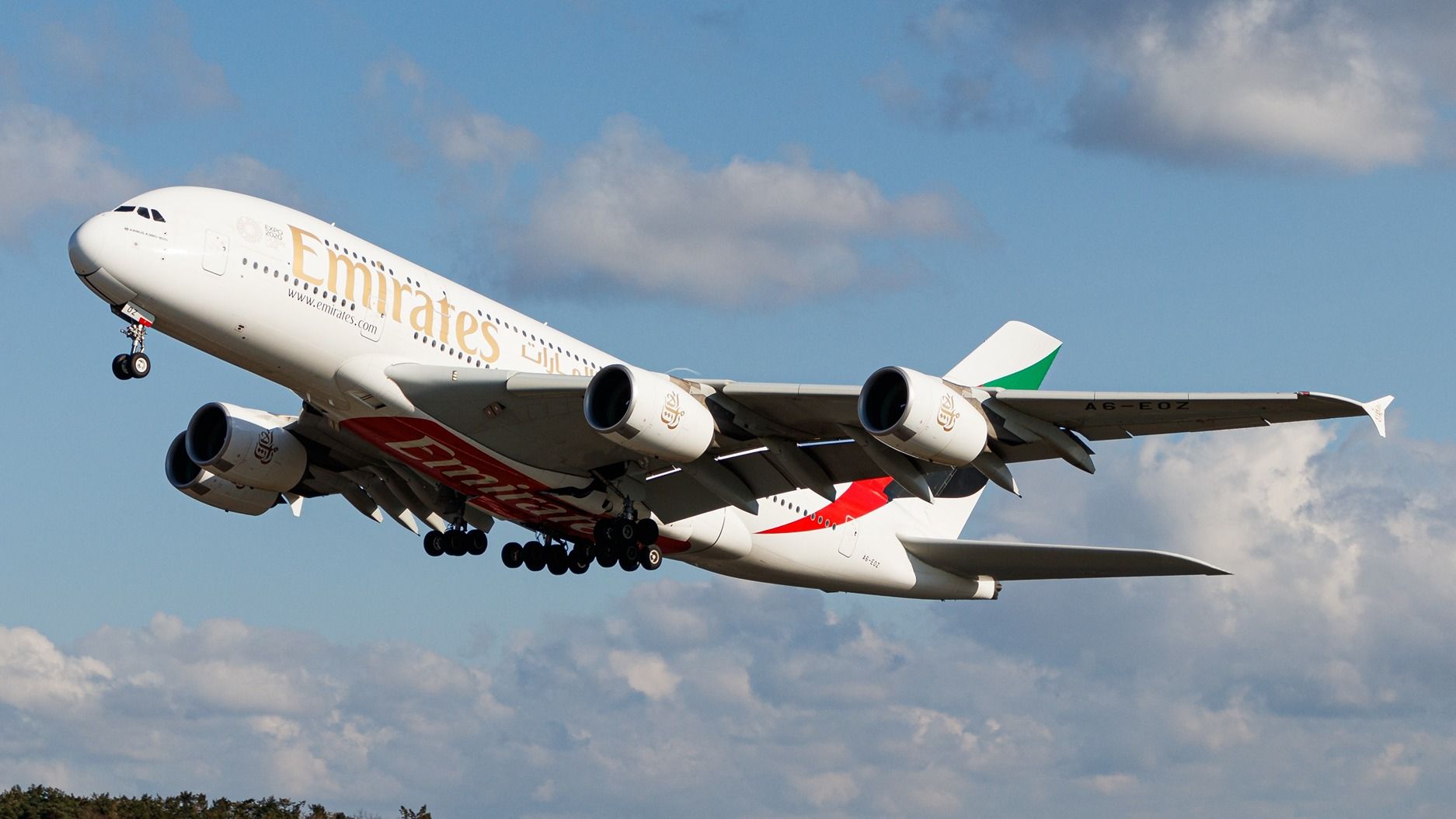In recent days, the Dubai-based airline Emirates has suffered a couple of major shocks to its scheduling with massive floods at the Dubai International Airport (DXB) following an unprecedented Iranian attack on Israel. The record rains in Dubai saw Emirates and other UAE-based airlines cancel and divert many flights to avert the storm. With the torrential downpour over, Dubai International Airport is now trying to clear a massive baggage backlog and get its scheduled flights back on track.
Emirates returning to normal
The floods saw thousands of travelers stranded at the Dubai International Airport (DXB) as the airport struggled after the storm flooded taxiways. According to reporting by Reuters, affected Emirates customers were awarded 250,000 meal vouchers and 12,000 hotel rooms by the airline. On April 20th, Gulf News reported that Emirates President Sir Tim Clark had managed to restore its regular flight schedule. He stated in an open letter:
Photo: Plamen Galabov | Shutterstock
“As of this morning, Saturday April 20, our regular flight schedules have been restored. Passengers previously stranded in the airport transit area have been rebooked and are enroute to their destinations… Our 24/7 hub in Dubai remained open, with flight movements reduced for safety, but flooded roads impeded the ability of our customers, pilots, cabin crew, and airport employees to reach the airport, and also the movement of essential supplies like meals and other flight amenities.” – Tim Clark
Clark also stated it would take some days more for Emirates to clear the backlog of rebooked passengers and bags. Emirates is delivering some 30,000 pieces of baggage that had been left behind by the owner. The Dubai floods saw almost 400 Emirates flights canceled over the span of three days, while many more were delayed. The disruptions led to long queues, and Emirates stated it was doing what it could to get flight operations back on schedule.
Photo: Ryan Fletcher | Shutterstock
Gulf News also reported that Emirates suspended check-in for passengers departing Dubai and implemented an embargo on ticket sales. Additionally, the airline halted connecting passenger traffic from points across the Emirates network from coming to Dubai in an effort to free up resources and manage impacted customers. Emirates’ sister airline, flydubai, managed to return to its full flight schedule from the airport’s Terminal 2 and Terminal 3 on Saturday.
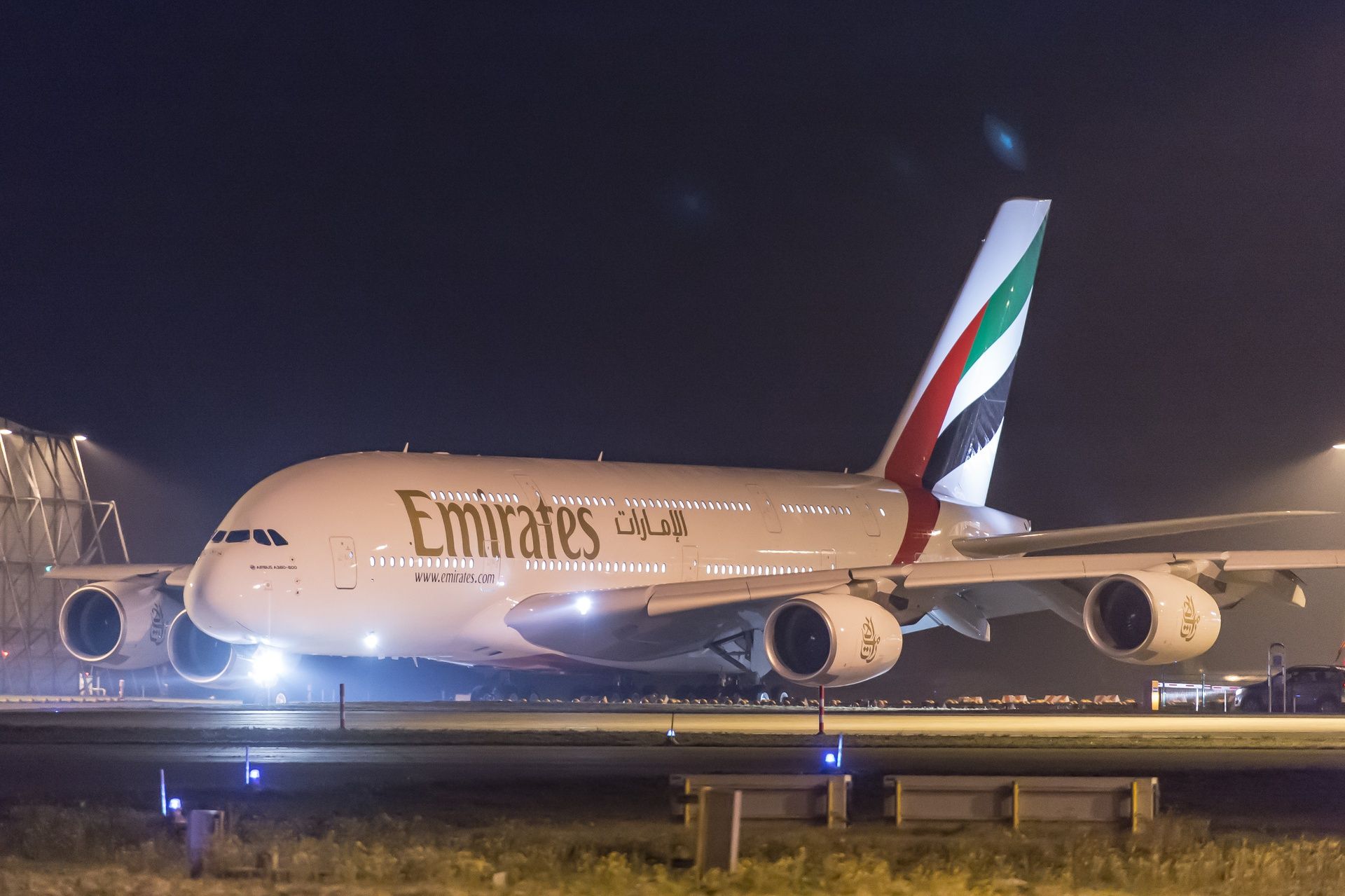
Related
Emirates Warns Of Extended Flight Disruptions After Historic Dubai Flood
Many flights to and from Dubai have been delayed and canceled in the past 24 hours.
The storm before the storm
On April 13th, the Iranian Islamic Revolutionary Guards Corps launched a massive attack on Israel. While almost all the missiles and drones were successfully intercepted, the incident triggered massive disruptions for airliners in the region. It also triggered a military response from Israel (it is unclear if more will follow). Then, on April 16th, the United Arab Emirates experienced its heaviest rainfall in 75 years, with some outlets (such as the BBC) calling it ‘apocalyptic.’
Photo: Mario Trusch | Shutterstock
Some 10 inches (or 25 cm) of rain fell over a period of 48 hours with torrential storms lashing the city and disrupting the airport. Much of the city’s outdoor infrastructure soon found itself underwater. CNBC reported that the UAE government had denied seeding the clouds before the downpour. The Independent reported that it is illegal to post negative photos of the flooding at Dubai Airport that could damage the country’s reputation (the fine is up to 1 million Emirati Dirhams or $272,000).

